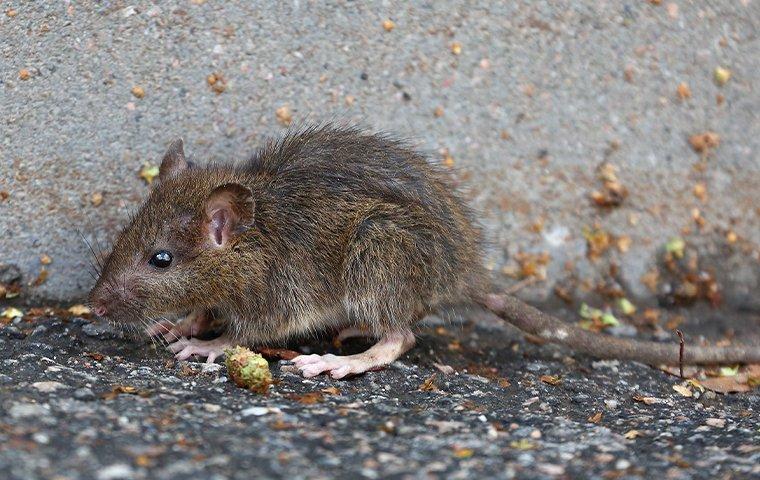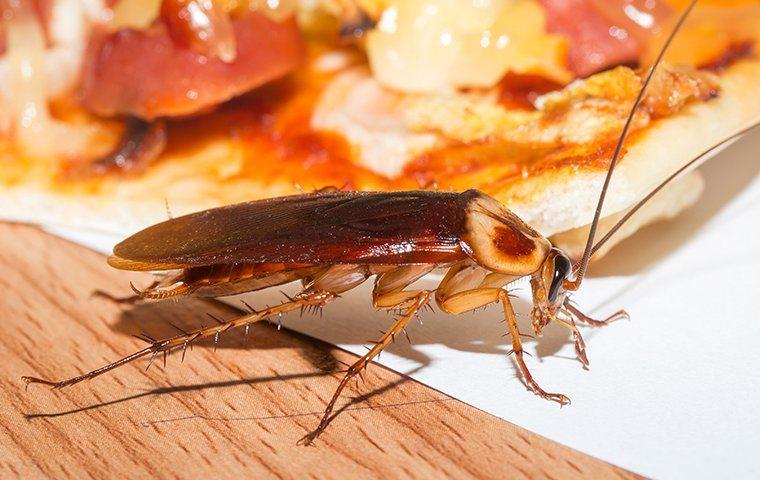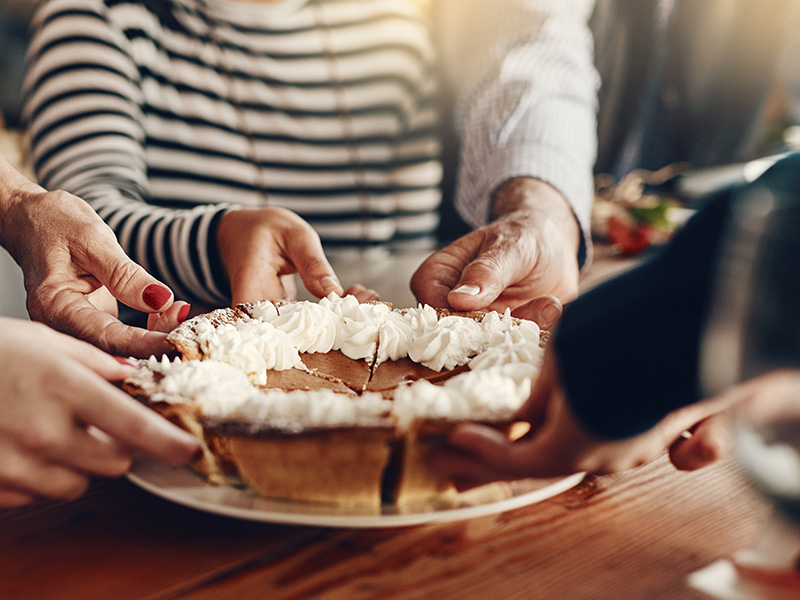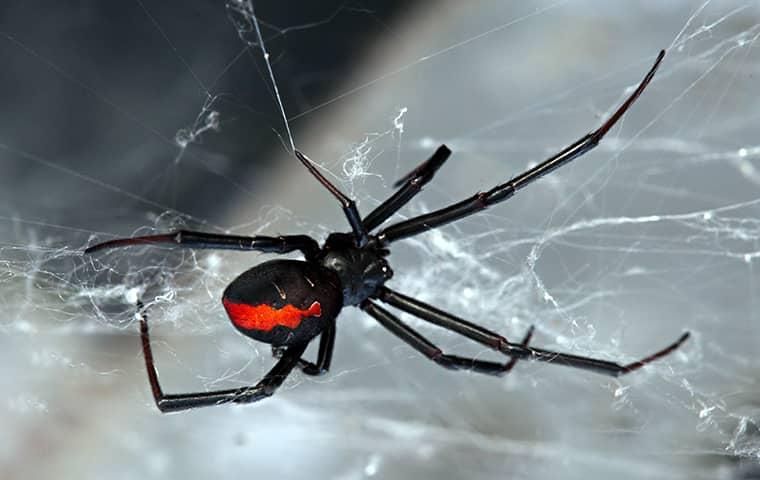What You Ought To Know About The Rats In Jacksonville
Feb 10, 2021
Jacksonville is easily among the most popular cities in Florida. It enjoys a long history as a hotspot among tourists and locals! Jacksonville is famous for its culture, sports, and attractions. However, its human residents aren't the only ones to find an idyllic home in Jacksonville. As a top urban destination, rats have also settled deep within our beloved city. Here's what you need to know to keep your property rodent-free.

Local Rats
Norway rats and roof rats are among the most common rats in Jacksonville. Both species of rats have unique appearances and habits that you should keep in mind when protecting your home. Here are just a few characteristics to help you identify these rats!
Norway rats are large and range from brown to gray with lighter underbellies. Norway rats, also called sewer rats or brown rats, have thick bodies that are about 9 1/2 inches in length. They have hairless tails that are roughly 6 to 8 inches long. They have small eyes, flat noses, and bushy fur.
While Norway rats swim well, they are poor climbers, which leads them to shelter at lower, warmer levels. They do not hibernate and prefer to come out at night to search for food. Norway rats eat various foods and will forage in the trash, compost piles, gardens, and pet food areas for meals. They like to make their dens near those sources of nutrition for convenience and in other low-lying areas, such as near water sources, basements, and crawl spaces. Norway rats need only a small space to enter through.
Norway rats contaminate every surface they travel over with their foot traffic, body waste, and saliva. They are also known spreaders of illnesses such as rat-bite fever, salmonella, hantavirus, and leptospirosis. Norway rats create property damage from chewing every hard and soft surface they encounter. Grease marks from traveling known routes due to their poor sight is a common sign of a rat infestation.
Roof rats are common in Florida and enjoy living near people, making Jacksonville a prime candidate for these medium-sized rodents. Roof rats, unlike Norway rats, are thin and light, which allows them to climb well and seek higher spaces. As their name suggests, they prefer to nest in roofs and attics. They have black to dark brown fur and, occasionally, gray hairs. Their bellies are lighter colored and they have big ears and pointy noses. Roof rats have a tail length that exceeds the length of the body, bringing their total length to between 12 to 16 inches.
Roof rats, like Norway rats, don't hibernate and, instead, stock a large variety of food (especially fruits) to last them all year. Like Norway rats, roof rats prefer to come out at night and become most active before dawn and after sunset. Their hours can make them especially difficult to identify. Roof rats like to forage in trash, gardens, compost areas, and around animal feed. They love nesting and traveling in trees but will burrow on lower levels also. Roof rats are known carriers of illnesses, parasites, and bacteria. Like Norway rats, they contaminate every surface and food source they contact and need only small spaces to enter. They also create property damage, raid food sources, and risk water and fire damage as they bite through pipes, wires, and other materials!
How To Get Rid of Roof Rats and Norway Rats
Rats, especially roof rats, are incredibly difficult to eliminate from commercial and residential properties. Expert care is required to eliminate these rodents to avoid risking property damage, loss, and health issues. So Lindsey Pest Services is here to help! We are available to locate entry points, trap, remove, monitor, and exclude. Contact us today to find out how we can get you back to enjoying all that Jacksonville has to offer!












